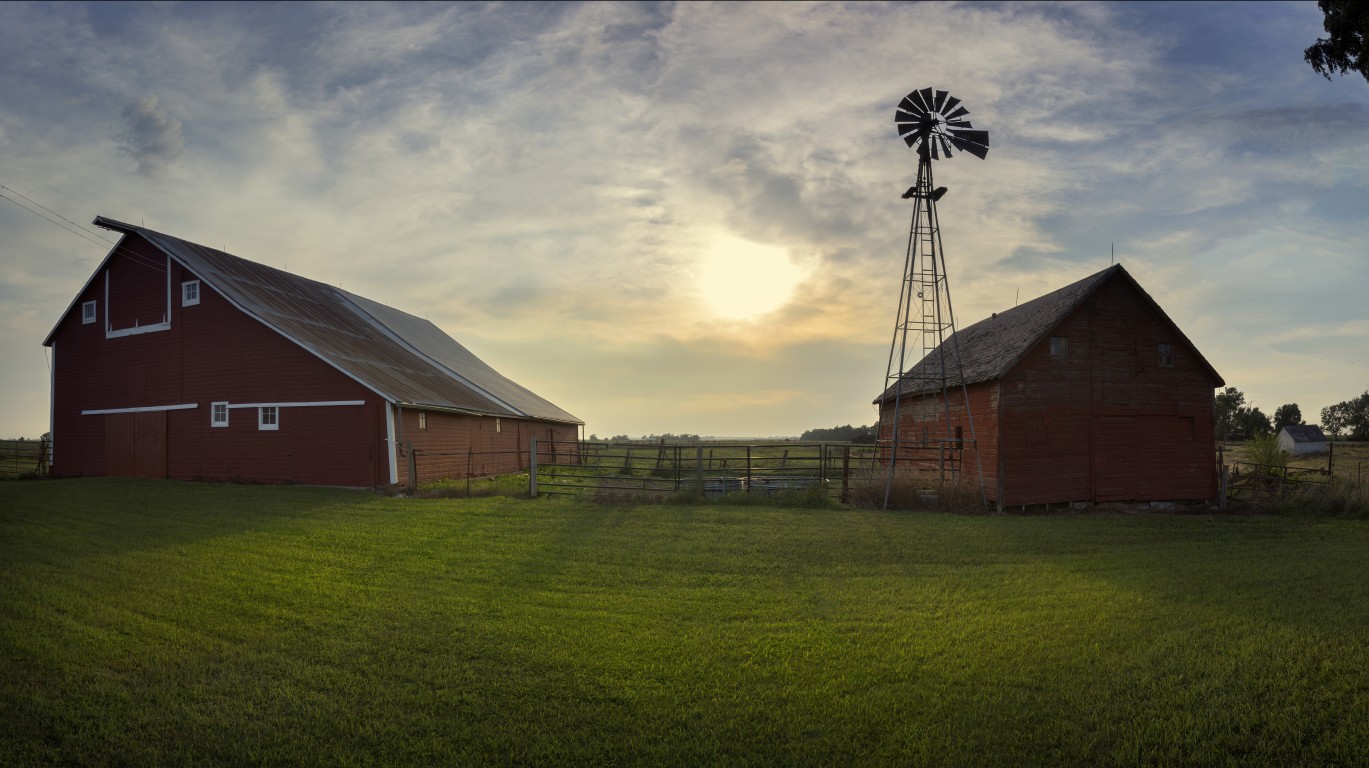
New daily confirmed COVID-19 cases in America have risen sharply in the past few weeks, taking counts to record levels. For several days in the past two weeks, the number jumped above 150,000. Yesterday, cases rose by 267,127 to 17,017,278.
The winter will be worse. Fatal case rates are as bad as when the nation was hardest hit by this measure from early April to mid-May, when the counts rose above 2,000 nationwide on some days. The number of coronavirus fatalities has begun to reach near 2,000 a day recently. Total fatal cases in the United States now total 310,253, after a one-day gain of 4,239. It is one of the worst days since the pandemic started.
The Institute for Health Metrics and Evaluation (IHME) at the University of Washington’s School of Medicine, which has a well-followed model for the rise in COVID-19 cases and deaths, forecasts U.S. fatal cases will reach 502,000 by April 1, if social distancing and mask wearing do not improve.
Rates of both confirmed and fatal cases are highly uneven across the nation. The county with the worst rate of fatal cases per 1,000 people is Jerauld County, South Dakota. It has a five-year average population of 2,029. Deaths per 1,000 stand at 7.39, many multiples of the national average.
Jerauld County is in the center of the state. It has been steadily losing population since 1930, according to information from the U.S. Census. Over 98% of the population is white. Almost 20% of the population lives below the poverty line, which is well above the national average.
According to The New York Times, South Dakota ranks first among all states based on deaths per 100,000 people at 2.4 based on an average of the past seven days.
Next on the list based on deaths per 1,000 is Dickey County, North Dakota, at 6.44. It has a five-year population average of 4,970.
Foster County, South Dakota, has 5.78 deaths per 1,000. Its five-year average population is 3,290. It sits in the center of the state, geographically.
The next county is Gregory, South Dakota, with 5.71 deaths per 1,000 people on December 14. It has a five-year average population of 4,201. It is in the southern part of the state, west of the Missouri River.
Turner County, South Dakota, is fourth on the list based on fatal cases per 100,000 with 5.69. Its five-year average population is 8,264.
Another measure of how hard a county has been hit is confirmed cases per 1,000. On December 14, this figure was highest in Crowley, Colorado, where the number was 257.90. Its average five-year population is 5,630.
Second was Trousdale, Tennessee, where the number was 211.32. The county has a five-year average population of 9,573.
Bon Homme County, South Dakota, is next with 204.48 confirmed cases per 1,000. Its five-year population average stands at 6,969.
Dewey County, South Dakota, in fourth place, has 202.56 confirmed cases per 1,000. The county has a five-year average population of 5,779.
Norton County, Kansas, follows with 199.78 confirmed cases per 1,000 people. Its five-year average population is 5,486.
Most of these counties are in the hard-hit areas of the upper Midwest, based on the lists of confirmed death rates and confirmed case rates. Without exception, they are in rural areas.
More than 20,000 people have died of COVID-19 in these four states.
Are You Still Paying With a Debit Card?
The average American spends $17,274 on debit cards a year, and it’s a HUGE mistake. First, debit cards don’t have the same fraud protections as credit cards. Once your money is gone, it’s gone. But more importantly you can actually get something back from this spending every time you swipe.
Issuers are handing out wild bonuses right now. With some you can earn up to 5% back on every purchase. That’s like getting a 5% discount on everything you buy!
Our top pick is kind of hard to imagine. Not only does it pay up to 5% back, it also includes a $200 cash back reward in the first six months, a 0% intro APR, and…. $0 annual fee. It’s quite literally free money for any one that uses a card regularly. Click here to learn more!
Flywheel Publishing has partnered with CardRatings to provide coverage of credit card products. Flywheel Publishing and CardRatings may receive a commission from card issuers.
Thank you for reading! Have some feedback for us?
Contact the 24/7 Wall St. editorial team.
 24/7 Wall St.
24/7 Wall St.


